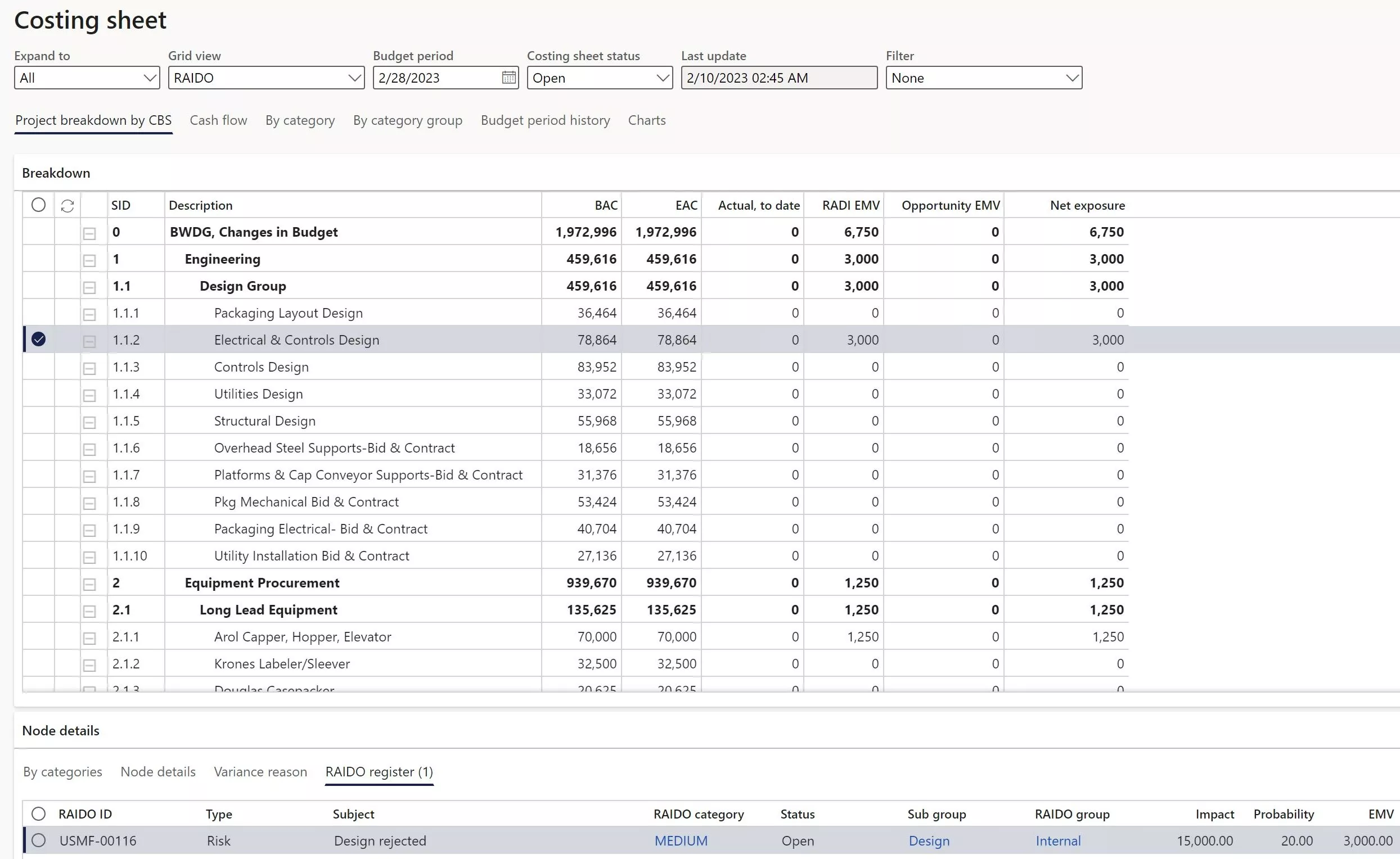In the dynamic landscape of project management, one of the most critical aspects is risk management. Effectively assessing and mitigating potential risks is essential for project success and delivering desirable outcomes. Among the various tools and techniques available to project managers, Expected Monetary Value (EMV) stands out as a key method for evaluating and managing project risks.
What is Expected Monetary Value (EMV)?
Expected Monetary Value (EMV) is a concept used in project risk management to quantify the potential impact of uncertain events on project objectives, particularly concerning project costs and revenues. EMV allows project managers to assess the potential outcomes of various risk scenarios and make informed decisions based on probabilities and expected financial values.
At its core, EMV provides a systematic approach to understanding the monetary implications of risk events, considering both their probability of occurrence and their associated financial impact. By quantifying risks in monetary terms, project managers gain valuable insights into the potential magnitude of each risk and can prioritize their response strategies accordingly.
Calculating Expected Monetary Value (EMV)
To calculate EMV, project managers follow a straightforward formula:
EMV = Probability x Impact
Probability: Refers to the likelihood of a specific risk event occurring during the project’s execution. It is expressed as a percentage, ranging from 0% (no chance of occurrence) to 100% (certain to occur).
Impact: Represents the financial consequences of the risk event if it materializes. It is typically quantified in terms of monetary value, such as currency units, or dollars.
By multiplying the probability and impact values for each risk, project managers arrive at the EMV for that particular risk event. By calculating EMV for all identified risks, they can determine the overall exposure of the project to potential financial losses or gains.
Expected Monetary Value Example
Below is an example of a risk register in project management in Adeaca Project Business Automation (PBA) solution. It is set up as a project management RAIDO log includes risks, assumptions, issues, dependencies, and opportunities.

This project risk register allows you to log and track RAIDO items against the work breakdown structure tasks. Issues are assigned to workers for resolution and are tagged with deadlines, severity codes and type classification for reporting purposes. A discussion log and revision control ensure issues are tightly tracked from creation to resolution.

As a PBA user, you can enter the probability and monetary impact of each RAIDO items. An EMV is then calculated for you. All RAIDO are tracked in the project costing sheet, and the total net exposure on your project is automatically calculated for you.
If you need to realize those risks, you can post them as change orders or cost revisions on your budget.
Learn more about risk management in PBA.
Project Business Automation (PBA) is a comprehensive solution for project businesses with built-in risk management tools. Learn more. Download the PBA Quick Guide now.
Expected Monetary Value analysis: using EMV for project decision-making
EMV is a valuable tool for project decision-making and risk prioritization. Project managers can categorize risks based on their EMV values, which helps in allocating resources and establishing contingency plans to address high-impact risks. Additionally, EMV aids in quantifying the cost-benefit analysis of risk response strategies.
For example, suppose a project manager faces two risks: a high-impact, low-probability risk and a low-impact, high-probability risk. In this case, the EMV for the high-impact risk might be greater, indicating that it poses a more significant threat to the project’s success. Consequently, the project manager may choose to allocate more resources to mitigate the high-impact risk, even though its likelihood of occurrence is lower.
Benefits of EMV in Project Risk Management
Integrating Expected Monetary Value into project risk management offers several benefits:
- Objective Decision-Making: EMV provides a quantitative basis for evaluating risks, reducing the influence of subjective factors on decision-making.
- Risk Prioritization: By assigning a financial value to risks, project managers can focus on the most critical risks that could significantly impact the project’s success.
- Resource Allocation: EMV aids in optimizing resource allocation, ensuring that resources are directed to address the most severe risks.
- Cost-Benefit Analysis: EMV facilitates the assessment of the cost-effectiveness of risk response strategies, leading to more efficient risk management.
Alternatives to Expected Monetary Value
While EMV is a widely used and effective methodology in project risk management, there are alternative approaches that project managers can consider depending on their project’s characteristics and preferences. Here are three popular alternatives to EMV:
Qualitative Risk Analysis:
Qualitative risk analysis is a method that focuses on assessing risks based on their impact and probability using qualitative scales such as high, medium, and low. Instead of assigning specific monetary values to risks, this approach uses subjective judgment and expert opinion to rank risks based on their severity. Qualitative risk analysis is less complex than EMV and can be suitable for projects where detailed financial data is not readily available or when the focus is on identifying and categorizing risks quickly.
Monte Carlo Simulation:
Monte Carlo Simulation is a probabilistic modeling technique that involves running multiple simulations using random variables to model uncertainties in a project. It allows project managers to generate a range of possible outcomes for project performance based on a variety of inputs and risk factors. Monte Carlo Simulation provides a more comprehensive view of risk compared to EMV, as it considers the interaction between multiple risk events. It is particularly useful when there are multiple interconnected risks and when precise data is available to model the uncertainties.
Sensitivity Analysis:
Sensitivity Analysis is a technique used to assess the impact of individual variables or risks on project outcomes. It involves varying one factor at a time while keeping others constant to determine how sensitive the project’s results are to changes in that particular factor. Sensitivity Analysis can help identify critical risks that have the most significant influence on project success. Unlike EMV, it does not require assigning specific monetary values, making it a simpler approach for projects where precise financial data is limited or challenging to obtain.
It is essential for project managers to choose the risk analysis method that best aligns with their project’s complexity, data availability, and organizational culture. Combining different approaches or tailoring them to suit specific project needs can also enhance the effectiveness of risk management efforts. Ultimately, the goal is to select the most suitable methodology that helps identify and mitigate risks, contributing to the project’s successful delivery.
Conclusion
Expected Monetary Value (EMV) is a valuable tool in the project manager’s arsenal for assessing and managing risks. By quantifying risks in financial terms, EMV enables objective decision-making, strategic resource allocation, and effective risk prioritization. Embracing EMV empowers project managers to proactively address uncertainties and steer projects towards success.
As the project management landscape evolves, incorporating EMV into your project business software leads to better-informed decisions, higher project success rates, and enhanced stakeholder confidence in project outcomes. By embracing a solution such as Project Business Automation, project managers gain a powerful ally in navigating the complexities of project risks and ensuring the realization of project objectives.
Download Adeaca PBA’s feature brief on risk management to learn more.













